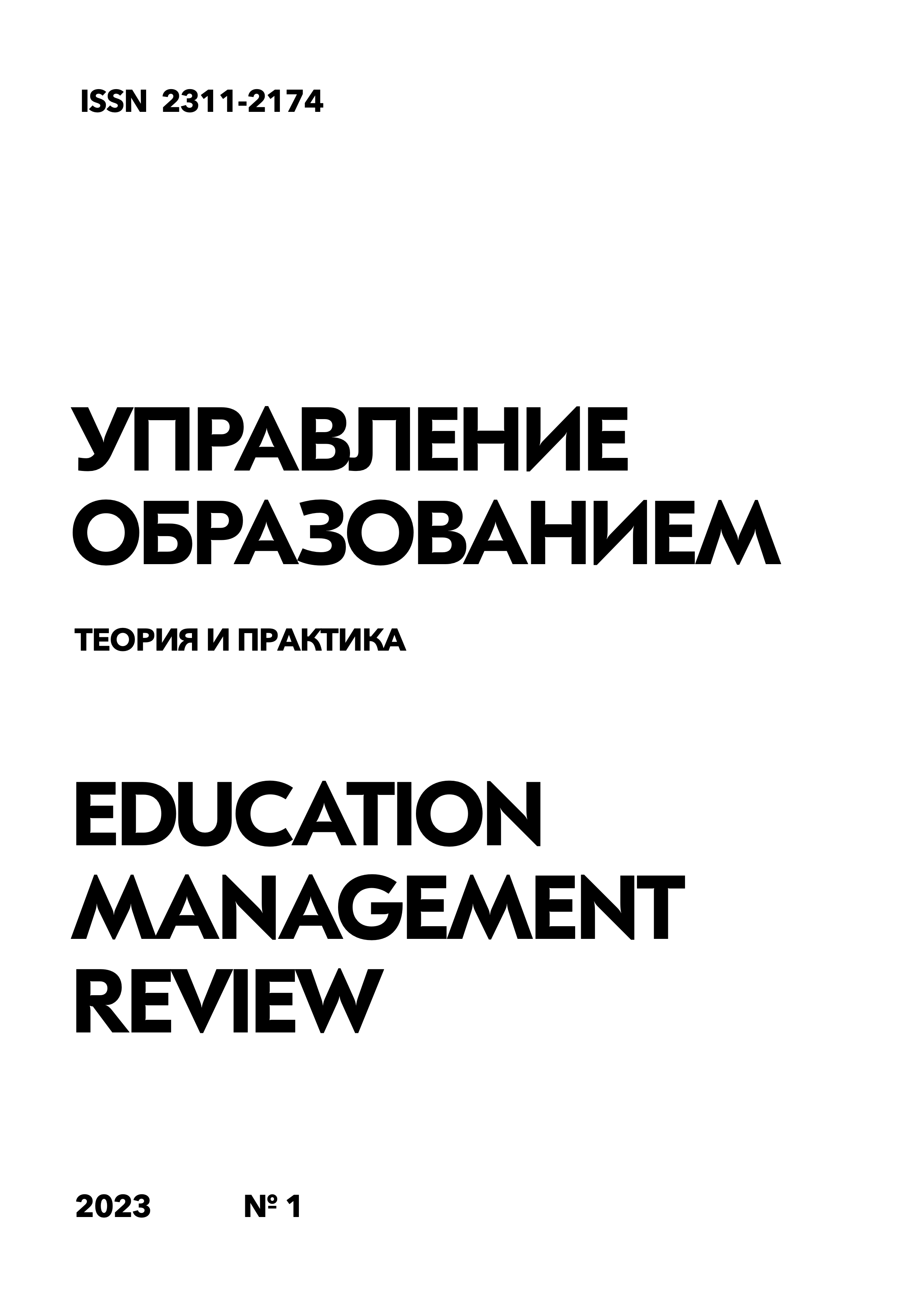The pedagogical potential of religion in the spiritual and moral education of children and youth region
DOI:
https://doi.org/10.25726/k3878-8342-2232-dKeywords:
islamic pedagogy, Islam, pedagogical potential, spiritual and moral education, religion, religious organizations, features of spiritual and moral education of a person through religionAbstract
This article reflects one of the main problems of the spiritual and moral education of children and youth at the present stage of development of Russian society through traditional Russian religions, and also outlines possible ways to solve them by using the pedagogical potential of religion in this aspect of the process of educating a person. Here we will consider issues devoted to the formation of the spiritual and moral component of the personality, relying on the philosophical foundation of Islam, we will analyze the Hadiths of the Prophet Muhammad, aimed at the value spiritual and moral guidelines of society, ensuring its cultural, social and spiritual security. In the process of writing and preparing the article, the methods of theoretical analysis, generalization and justification were applied. The article is a scientific review article and is of a theoretical nature. The significance of the article lies in the fact that the identified essential and substantial features of the spiritual and moral education of children and youth in religious Muslim organizations make it possible to enrich the theory and practice of pedagogy in the field of educating the younger generation due to the pedagogical potential of Islamic pedagogy presented by the author.
References
Ашуралиев М.И. Нравственное воспитание учащихся на традициях таджикского народа : автореферат дис. ... кандидата педагогических наук : 13.00.01 / Ашуралиев Муродали Имомалиевич; [Место защиты: Тадж. гос. пед. ун-т им. С.Айни]. Душанбе, 2007. 24 с.
Гильманов М.М. Использование духовно-нравственного потенциала монотеистических религий в профилактике девиантного поведения подростков: дис. ... канд. пед. наук: 13.00.01. Казань, 2004. 192 с.
Данилюк А.Я., Кондаков А.М., Тишков В.А. Концепция духовно-нравственного воспитания российских школьников. М.: Просвещение, 2009.
Калимуллин Р.Х. Духовно-нравственное воспитание молодёжи – путь к развитию толерантности // Фундаментальные исследования. 2013. №. 11-5. С. 1035-1039.
Койчуев А.А.Д. Некоторые аспекты истории и вероучения ислама в контексте социальнопедагогической работы // Взаимодействие науки и общества. 2015. С. 242.
Петракова Т.И. Святоотеческое учение и проблемы современной педагогики // Педагогика. 2007. № 2. С. 59–68.
Саяхов Р.Л., Аминов Т.М. Исламская педагогика. Учебное пособие для бакалавров по направлению 47.03.03 Религиоведение Уфа: Изд-во БГПУ, 2019. 136 с.
Скокова Г. В. Современные методы духовно-нравственного воспитания // Начальная школа. 2006. №. 11. С. 45-49.
Стратегия развития воспитания в Российской Федерации на период до 2025 года, утвержденная распоряжением Правительства Российской Федерации от 29 мая 2015 года № 996-р // https://docs.cntd.ru/document/420277810?ysclid=l5m6kuqymd325086313
Сушанский А.С. Духовно-нравственное воспитание в военно-учебных заведениях России XVIII – начала ХХ вв. : дис. ... канд. пед. наук / Сушанский А.С. М. : Военный университет, 2002. 306 с.
Хабибуллина Г.Ю. Педагогическая система образования в исламе // Вестник Православного Свято-Тихоновского гуманитарного университета. Серия 4: Педагогика. Психология. 2016. №. 3 (42). С. 31-35.
Харисова Л.А. Педагогический потенциал ислама. М: ООО «ТИД «Русское слово – РС», 2008. 352 с.
Шаповалов В.К., Койчуев А.А.-Дж. Педагогический потенциал ислама: определение, структура, содержание // Вестник Северо- Кавказского государственного технического университета. 2008. № 1 (14). С. 51-54.




